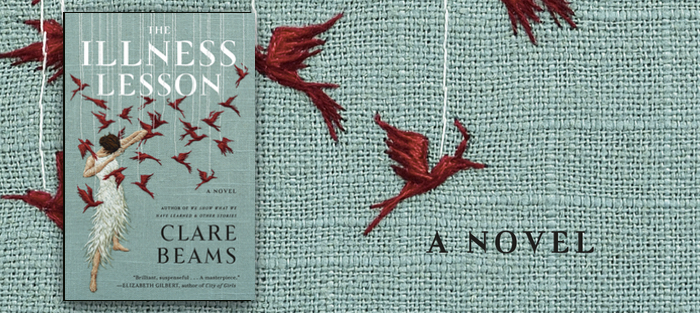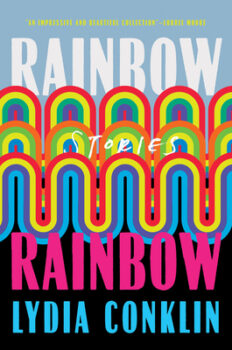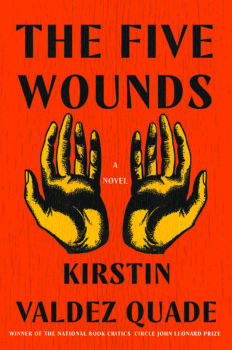If you love gothic fiction, you know many classics tell stories within stories. On a dark and stormy night, a group of male friends gathers in a parlor. One of them begins to speak (his story will be the novel). The man promises his tale is miraculous, disturbing, and true. It is about a woman. She was young and beautiful, but something mysterious and terrible befell her. She began behaving strangely. She fell ill or she lost her mind. Her symptoms were strange yet familiar. She is frightening, titillating, pliant yet unpredictable. The agent of chaos and its helpless victim. The perfect gothic heroine.
These gothic containers evolved partly as a hook (what exactly happens to the girl? There’s only one way to find out…) and partially as a way to bolster a book’s credibility. Novels were, for a long time, considered a woman’s art form: inward-facing, frivolous, untrue. But by framing a story as a conversation between men, the author anchors it in the trustworthy male sphere. Women are unreliable narrators. Men own the truth. A story within a story.
 Clare Beams’ debut novel, The Illness Lesson (Doubleday), slices away the male gaze and hands the story back to the women at its center. Quietly brutal, at times hallucinatory, and laced with emotional trap doors and secret passages, The Illness Lesson vibrates with a slow burning fury. In Beams’ take on the gothic, women attempt to tell their own stories. The horror lies in the fact that, even when women find a voice, men continue to dictate the narrative.
Clare Beams’ debut novel, The Illness Lesson (Doubleday), slices away the male gaze and hands the story back to the women at its center. Quietly brutal, at times hallucinatory, and laced with emotional trap doors and secret passages, The Illness Lesson vibrates with a slow burning fury. In Beams’ take on the gothic, women attempt to tell their own stories. The horror lies in the fact that, even when women find a voice, men continue to dictate the narrative.
Set in the early 1870s in rural Massachusetts, The Illness Lesson follows Caroline Hood, daughter of Samuel Hood, a once well-regarded philosopher and essayist whose reputation has faded since the dissolution of a utopian community based on his writings. Twenty-nine and still unmarried, Caroline has spent her life caring for him. When Samuel and his protege, David, decide to start a school for girls, Caroline worries about the toll this new experiment could take on her father’s wellbeing and on the girls themselves. After all, their education will be based on the one she herself received from Samuel. “The education,” Beams writes, “that had grown a wilderness inside her head, too large to fit into any available space she’d yet found, so that she’d always wondered what her father had planned for her exactly—if he’d planned anything, if he hadn’t just taught her all of it because she was there and because he could.”
Despite Caroline’s reservations, the girls arrive. At first, it seems Samuel’s school really can live up to its mission to educate women in the same way as men, teaching them that they are special, promising, ready and able to change the world. Then Eliza Bell, a troublesome yet charismatic pupil, falls ill, and the other girls soon start exhibiting similarly mysterious symptoms. When Samuel enlists the help of his old friend Hawkins, a physician whose proposed cure is even more disturbing than the illness itself, Caroline’s concerns and the girls’ attempts to resist are overridden at every turn, with terrible consequences. This slow erosion of agency is the central, claustrophobic horror of The Illness Lesson. And as the girls’ sickness and the corresponding treatment progresses, their double entrapment—they are both girls and children—is made even more horrifying by the school’s false promise of an empowering education. Hawkins, the physician, is instrumental in this erosion:
“Tell me, Miss Bell,” Hawkins asked. “Do you and your friends feel yourselves to be…special in some way?”
Here in this room, on their first day at Trilling Heart, Saumel had told them that they all were. Caroline glanced at him, beside her on the bench. His eyes were full of tears.
Eliza pulled in a breath.“I think we’d best let you decide that, sir.”
What does it mean to be special but not powerful? In what wilderness does this leave you stranded? These questions are as relevant to today’s world as they are in Beams’ historical Massachusetts. It is important to point out that the treatment depicted in Beams’ book was a real and widely accepted remedy. And while medical science has progressed, medical knowledge among many of the powerful men charged with protecting our health and rights remains cloudy at best (see: the Ohio bill madating that ectopic pregnancies be “reimplanted” in the womb and the former representative for Missouri who argued that most pregnancies from “legitimate rape” result in miscarrage). For many, the terror of being at the mercy of an ignorant but powerful person’s beliefs feels all too familiar. Part of The Illness Lesson’s power lies in Beams’ ability to draw a clear and glowing line between the world of the 1870s and the world today.
I know I’m being coy about the actual illness and treatment at the center of The Illness Lesson. There are a million plot points in this novel that I would love to reveal and unpack: every chapter contains its own, cunningly deployed tripwire. But part of the power of reading The Illness Lesson lies in uncovering these twists on your own, or in intuiting and dreading them. And Beams’ work is anything but coy. She shines a light on the worst in human nature—our cowardliness and unquestioning respect for the status quo; our desire for domination and control—and refuses to let us look away. That even the most brutal passages are written with Beams’ usual elegance makes them even more disturbing. The reader becomes almost complicit in the abuse enacted in these moments: you can’t look away and the part of you that loves a beautiful sentence and a haunting image doesn’t want to.
Clare Beams is not the first contemporary writer to hand a gothic story back to the women at its center—Margaret Atwood, Jean Rhys, Angela Carter, and Shirley Jackson (just to name a few) have been at this for some time—but you don’t need to be one of the first to be one of the best. Beautifully written, carefully plotted, and utterly devastating, The Illness Lesson will gnaw on your heart long after you’ve put it down.






